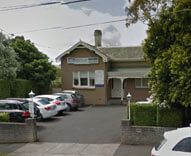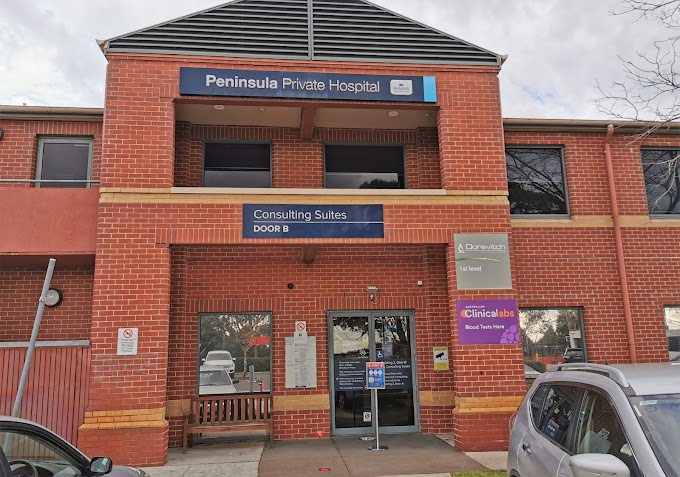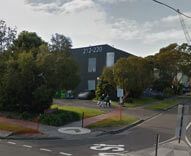Secondary Breast Augmentation (Breast Implant Exchange)
Removal and replacement of breast implants may be required for many reasons. There may be a complication with the implant requiring removal.
The commonest reason for this is development of capsular contracture (scarring around the implant), which will cause firmness of the implant in the breast and possibly breast asymmetry. Occasionally capsular contracture can be the cause of breast pain, although this not common. This situation is much more likely with silicone gel filled implants due to silicone bleed from the implant causes scarring around the implant with time. Capsular contracture in saline filled implants usually occurs early after surgery and relates to issues with the initial healing soon after insertion.
Another reason requiring implant removal is the development of implant leakage. Often leakage from silicone gel filled implants is difficult to detect. It can sometimes be many months or even years before a leaking silicone gel filled implant becomes evident. The signs of this are usually a degree of asymmetry of the shape or size between the two breasts. A later sign would be the development of breast lumps which would signify leakage of silicone gel into the breast tissue and scar reaction to it. Sometimes women can recall an incident that caused an implant rupture and are aware of a difference to the way their breast feels suggesting an implant rupture may have occurred. It is thought that the new cohesive silicone gel implant will not have as much leakage following rupture, although that has not been proven in practice as yet. If leakage of a silicone gel implant is suspected it should be investigated by an ultrasound examination or better still by MRI scan (magnetic resonance imaging) to determine the extent of the silicone gel leakage, in preparation of removal and replacement with new implants. Leakage of saline filled implants is usually much more evident as the affected breast will deflate and asymmetry will become evident quite quickly, not requiring additional investigation. Radiological examination of the breast is unlikely to be necessary and as the leaked saline is compatible with the body tissues it is not dangerous.
Another reason requiring implant removal and replacement is rippling and palpability of the breast implant. This situation used to be most common with saline implants, which were not adequately filled and then were placed directly under the breast in thin women. With improvement in saline implant design and submuscular implant placement this is much less likely to be an issue currently. However there is sometimes a benefit in selecting silicone gel filled implants in very lightly built women where implant palpability may be a possibility.
Other reasons for removal and replacement of breast implants are mainly cosmetic. These relate to breast symmetry and position. Sometimes although good implant position and symmetry was achieved intraoperatively, differential healing between each breast may result in a degree of breast asymmetry in the first couple of months following surgery. If there is no evidence of developing capsular contracture then the asymmetry will probably settle over the first six months and it is probably best not to reoperate again at that stage unless the asymmetry is significant.
Another reason for implant exchange is usually related to implant size. There is a small percentage of women who are not happy with their new breast size following breast augmentation or circumstances change (usually children and breast feeding), which necessitate implant removal with or without replacement with a smaller or larger breast implant.
Finally, it is advised by most plastic surgeons and implant manufacturers that silicone gel filled breast implants have a limited lifespan after which the incidence of complications increases greatly. Therefore it is recommended by the FDA in the United States and many plastic surgeons that implant assessment and replacement be considered after 15 years. This situation is not recommended for saline filled breast implants as complications of implants leakage are more easily diagnosed and managed. Therefore patients with silicone gel implants for more than 15 years should consider further assessment of their implants and possible removal and replacement.
Secondary breast augmentation (breast implant exchange) is much more difficult than initial breast implant surgery, usually due to scarring or silicone gel leakage. To create a new natural breast contour the surgeon needs to remove all scar tissue as well as the existing implants and create a new chest wall pocket to allow replacement with new breast implants. It is not unusual for women who have had problems with their implants, be they silicone gel or saline filled implants, to request replacement with a different implant so their previous complication can be avoided again in the future. It should be noted that when scarring occurs due to a ruptured silicone gel implant, that removal may not remove the propensity to further scarring due to residual silicone gel disseminated through the breast tissue which is virtually impossible to remove completely.
Secondary breast augmentation surgery is usually undertaken in hospital with at least one night inpatient stay. The surgical procedure can take between 2 to 3 hours to undertake, depending on the amount of scarring and extent of silicone gel leakage into the native breast tissue. Bleeding and haematoma are more common complications following this surgery and usually drain tubes are inserted for a couple of days. Recovery after discharge is then usually quite rapid and implant displacement exercises are recommended to prevent further scarring with the new implants.
Some patients with longstanding scarred breast implants may need to undergo mastopexy (breast lift) surgery in conjunction with their breast implant exchange surgery. Depending on the technique used initially these procedures may be performed concurrently or in two separate procedures. When undergoing a breast assessment, Dr Ross will be able to advise on the safest and most effective way to address this situation.
Secondary breast augmentation is usually a very worthwhile procedure if required, with high patient satisfaction. If you have any concerns about your current breast implants or would like to discuss this procedure in more detail or clarify any of the issues mentioned here please contact our office for a consultation.
Click here for printable PDF version of article
Click to go to Secondary Breast Augmentation Clinical Gallery




